A swing crane, also known as a swing jib crane or a wall-mounted jib crane, is a type of crane that consists of a horizontal jib arm that can rotate or swing horizontally. It is typically mounted on a vertical column or wall, allowing it to provide lifting and positioning capabilities within a specific area or workspace. Swing cranes are commonly used in industrial and commercial settings for material handling tasks.
The jib crane is the horizontal beam or boom of the swing crane. It extends from the mounting point and providers a reach and coverage area for lifting and moving loads.
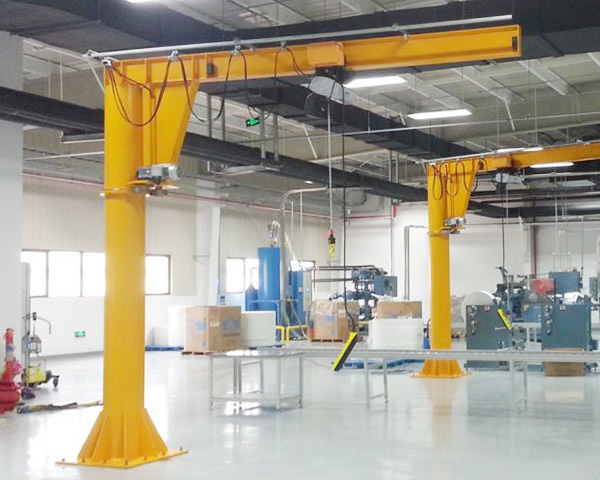
FEATURES & COMPONENTS
1. Jib Arm: The jib arm is the horizontal beam or boom of the swing crane. It extends from the mounting point and provides a reach and coverage area for lifting and moving loads.
2. Rotation Mechanism: Swing cranes are designed to rotate horizontally around a vertical axis. This 360 degree rotation allows the jib arm to cover a specific radius or area, providing flexibility in material handling operations.
3. Hoist or Lifting Device: Swing cranes are typically equipped with a hoist or lifting device, such as an electric chain hoist or a wire rope hoist. Hoists are used to lift and lower loads along the jib arm. Meanwhile, cleanroom hoist can be used in semiconductor, aerospace, food, electronic industry.
4. Mounting Structure: Swing jib cranes can be mounted on a vertical column or directly on a wall. The mounting structure should be sturdy and securely attached to ensure safe and stable operation.
BENEFITS AND APPLICATIONS OF SWING CRANES:
1. Versatility and Flexibility: Swing jib cranes offer versatility in material handling operations. The ability to rotate horizontally enables them to reach different work areas within their coverage radius, providing flexibility in lifting and positioning loads.
2. Space-Saving Design: Cantilever jib cranes are typically wall-mounted or installed on vertical columns, allowing them to make efficient use of available space. They are suitable for areas with limited floor space or low headroom where traditional overhead cranes may not be practical.
3. Precise Load Placement: Slewing jib cranes provide precise load placement due to their maneuverability and ability to rotate horizontally. This allows for accurate positioning of loads in tight or confined spaces.
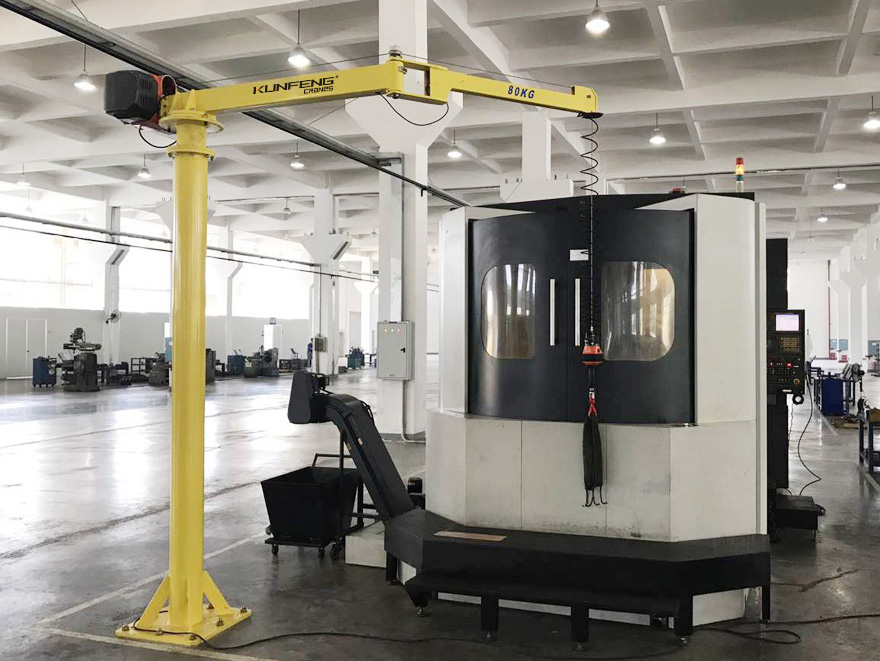
Articulating jib crane
4. Cost-Effective Solution: Swing cranes are often a cost-effective alternative to larger, more complex crane systems. They can provide lifting capabilities for specific workstations or areas without the need for extensive infrastructure or runway systems.
5. Various Load Capacities: Swing cranes are available in different load capacities to accommodate a range of material handling requirements. They can be designed for light-duty applications where smaller loads are handled, as well as heavy-duty operations for larger and heavier loads.
6. Common Applications: Slewing jib cranes find applications in various industries, including manufacturing, warehouses, workshops, assembly lines, and maintenance operations. They are commonly used for tasks such as loading and unloading materials, machine feeding, workpiece positioning, and assembly line operations.
It is important to consider factors such as load capacity, reach, rotation angle, and installation requirements when selecting a swing crane to ensure it meets the specific needs of the intended application. Consulting with crane manufacturers or suppliers can help in determining the most suitable swing crane solution for a particular workspace or material handling task.


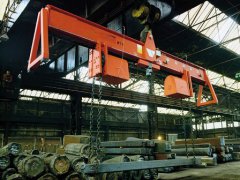
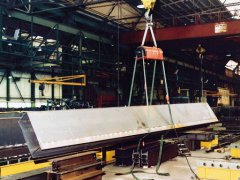
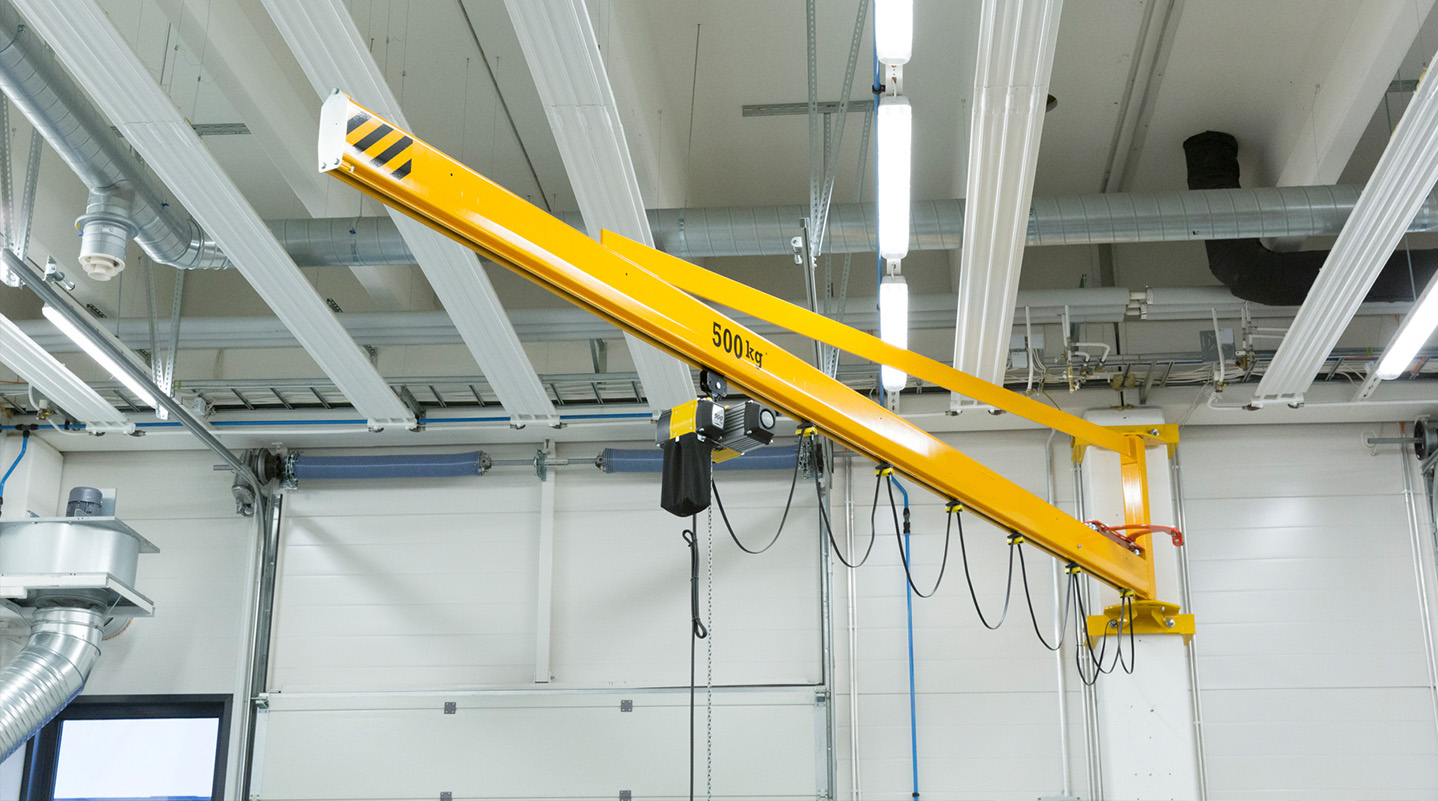

 0086-13390692151
0086-13390692151